The history of dog domestication is a complex tapestry woven with the threads of human evolution, survival, and culture. Among the myriad of breeds that grace our homes and hearts today, a select few carry the ancient bloodlines and legacies of our forebears’ canine companions. These venerable breeds, some of which have walked beside humans for thousands of years, offer a living window into the past, showcasing traits and characteristics that were prized by ancient civilizations for hunting, guarding, herding, and companionship. This article delves into ten of these ancient dog breeds, exploring their origins, historical significance, and the enduring qualities that have allowed them to survive and thrive in the modern era. Each breed discussed not only exemplifies the enduring bond between humans and dogs but also highlights the remarkable adaptability and resilience of man’s best friend through the ages.
1. Saluki
The Saluki, often revered as one of the oldest dog breeds, boasts a lineage that dates back to antiquity. Esteemed by ancient Egyptian pharaohs, the Saluki was depicted in their tombs, highlighting its significance in hunting and as a symbol of royal status. This sighthound, known for its incredible speed and grace, was used for hunting quarry such as gazelles across the desert expanses. The breed’s physical and behavioral characteristics — a sleek body, deep chest, and enduring stamina — are a testament to its specialized breeding for hunting purposes. The Saluki’s enduring presence, from ancient Egyptian artifacts to modern-day homes, underscores its adaptability and the timeless appeal of its noble demeanor and athletic prowess.
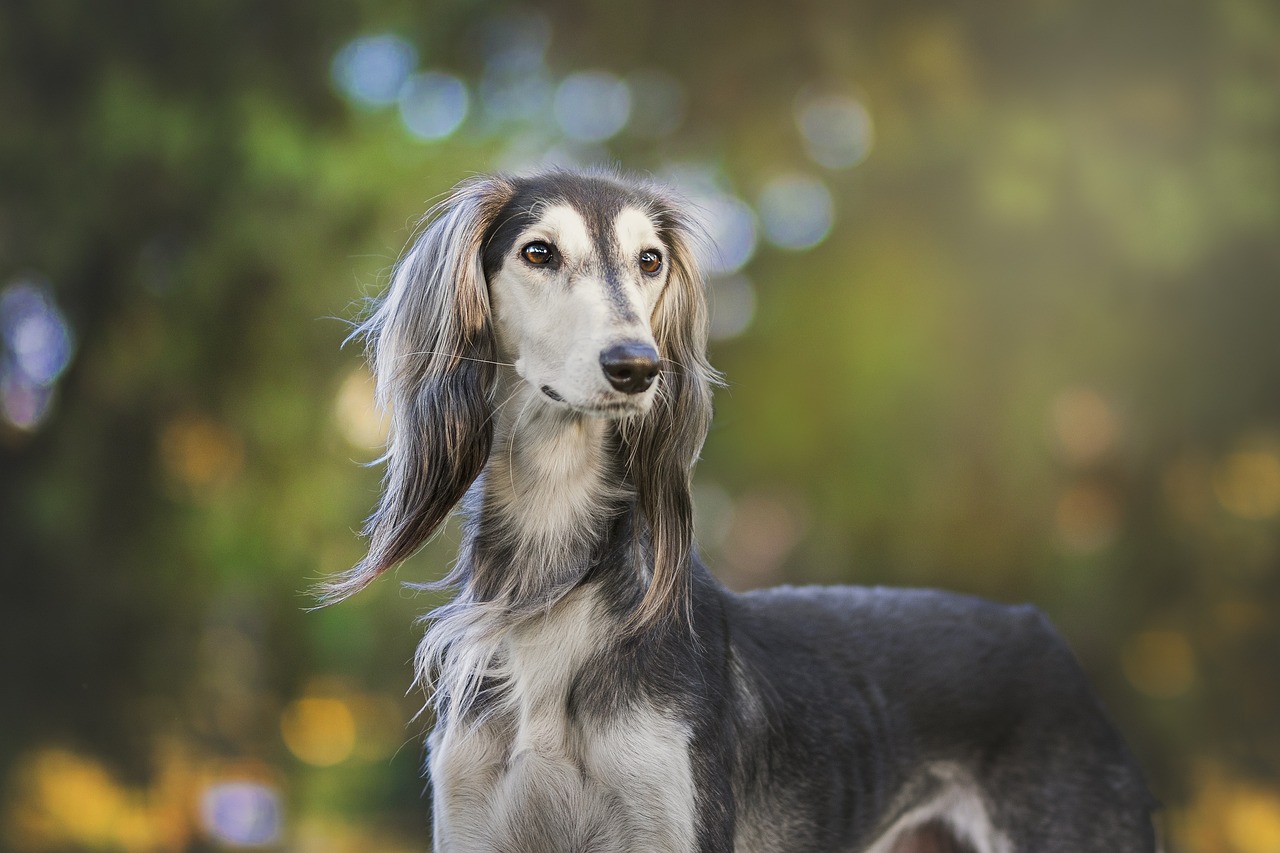
2. Afghan Hound
The Afghan Hound, with its distinctive silky coat and regal bearing, traces its roots back to the cold mountains of Afghanistan. This breed’s ancient lineage is believed to date back several thousand years, originally bred by nomadic tribes for hunting large prey in the harsh mountainous terrain. The Afghan Hound’s remarkable agility and speed, coupled with its ability to navigate difficult landscapes, made it an invaluable companion in hunting expeditions. Its striking appearance and noble temperament have made it a cherished breed beyond its utilitarian origins, embodying the elegance and mystery of the ancient world from which it hails.
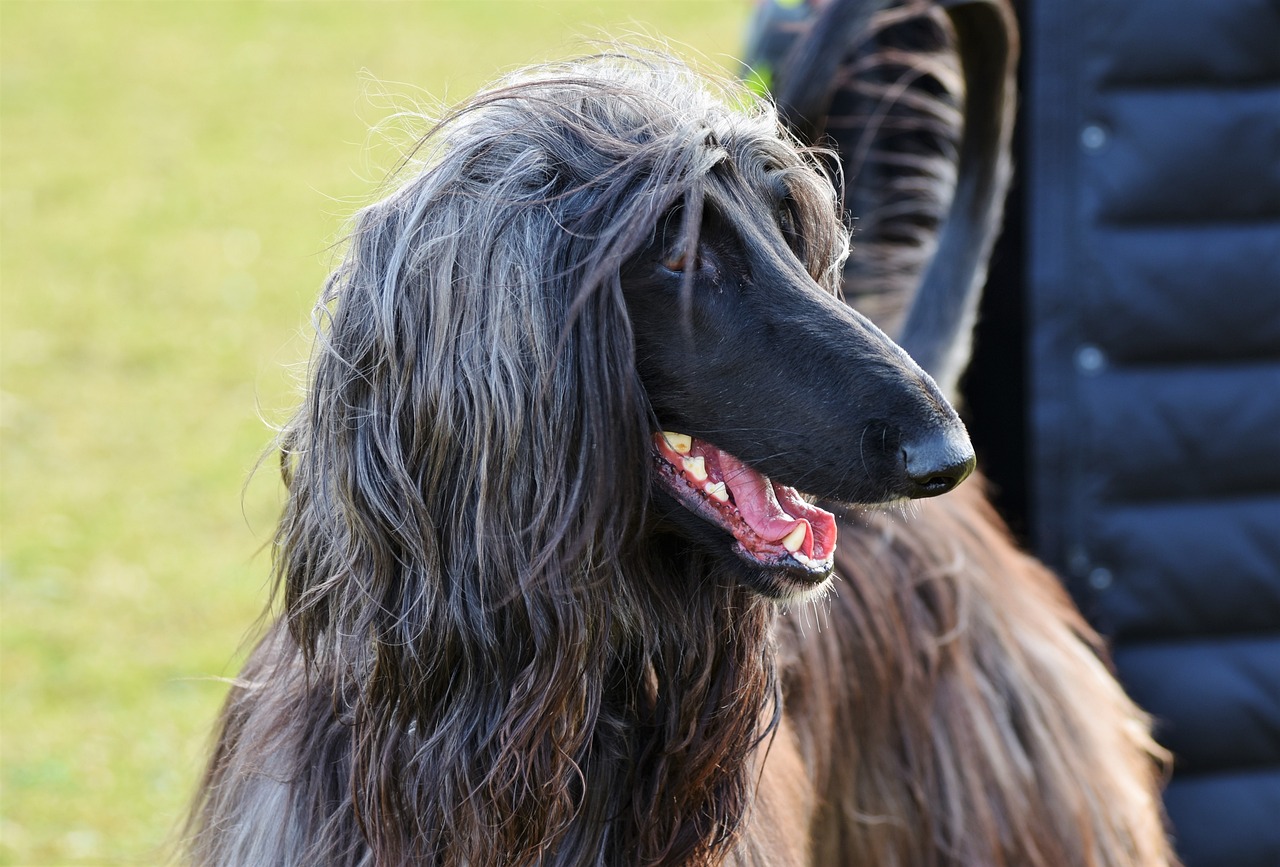
3. Akita Inu
The Akita Inu is a symbol of honor and nobility in its native Japan, where it has been revered for centuries as a versatile hunting dog, capable of taking down large game such as bears. The breed’s history is steeped in Japanese culture, where Akitas have been celebrated for their loyalty, courage, and dignity. The story of Hachiko, the loyal Akita who waited for his deceased owner for years, exemplifies the breed’s unwavering loyalty. The Akita’s physical characteristics — a strong, muscular build, thick double coat, and bear-like head — have been refined over centuries, reflecting the breed’s adaptation to the demanding hunting tasks and harsh climates of northern Japan.
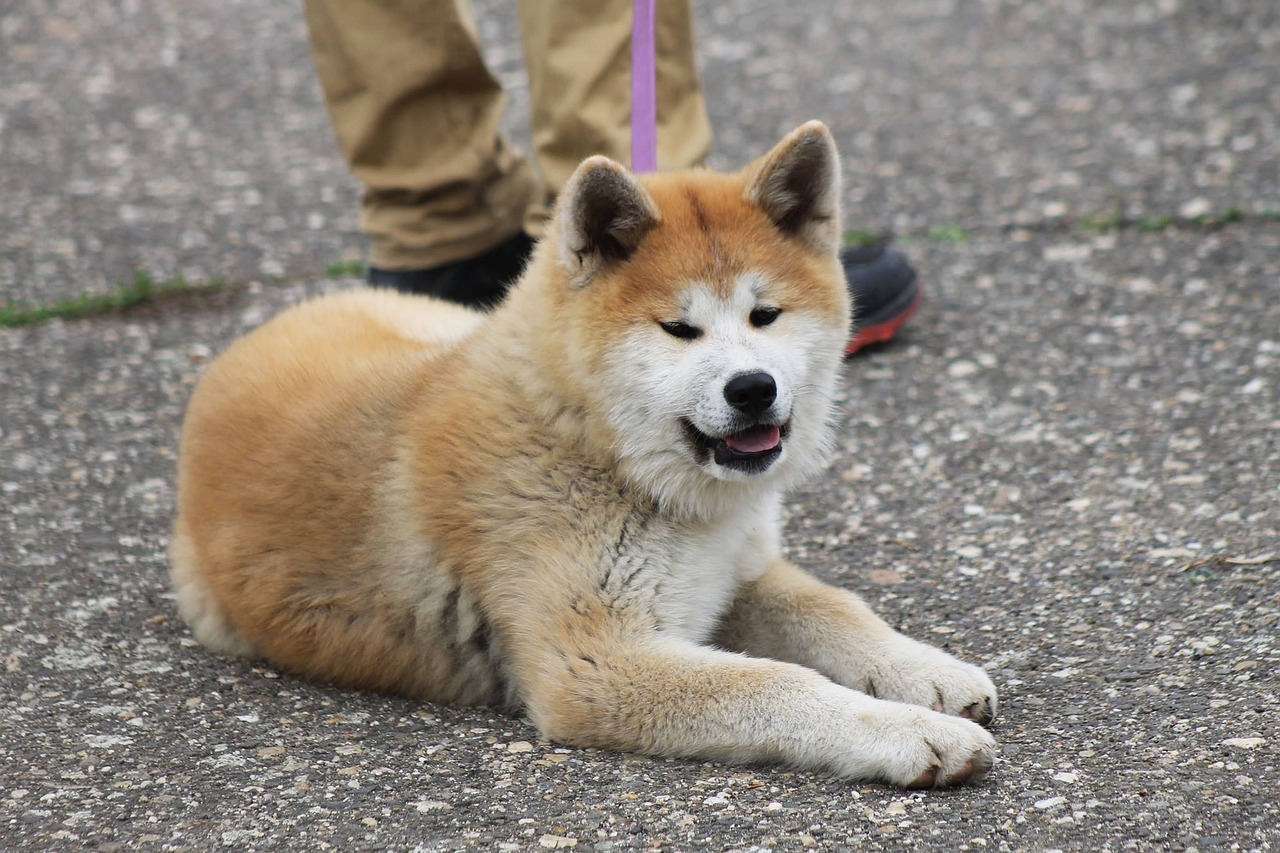
4. Basenji
The Basenji, known as the “barkless dog,” is a unique breed with origins tracing back to Central Africa. This ancient breed was highly valued by Egyptian pharaohs and is depicted in hieroglyphs and artifacts dating back to the Old Kingdom. The Basenji’s characteristic curly tail, erect ears, and expressive eyes have endeared it to humans for millennia. Its ability to produce a range of sounds, despite its inability to bark, along with its intelligence and independence, make the Basenji a fascinating example of ancient selective breeding for specific traits. This breed’s history as a versatile hunter and companion in the dense forests of Africa speaks to its adaptability and enduring appeal.
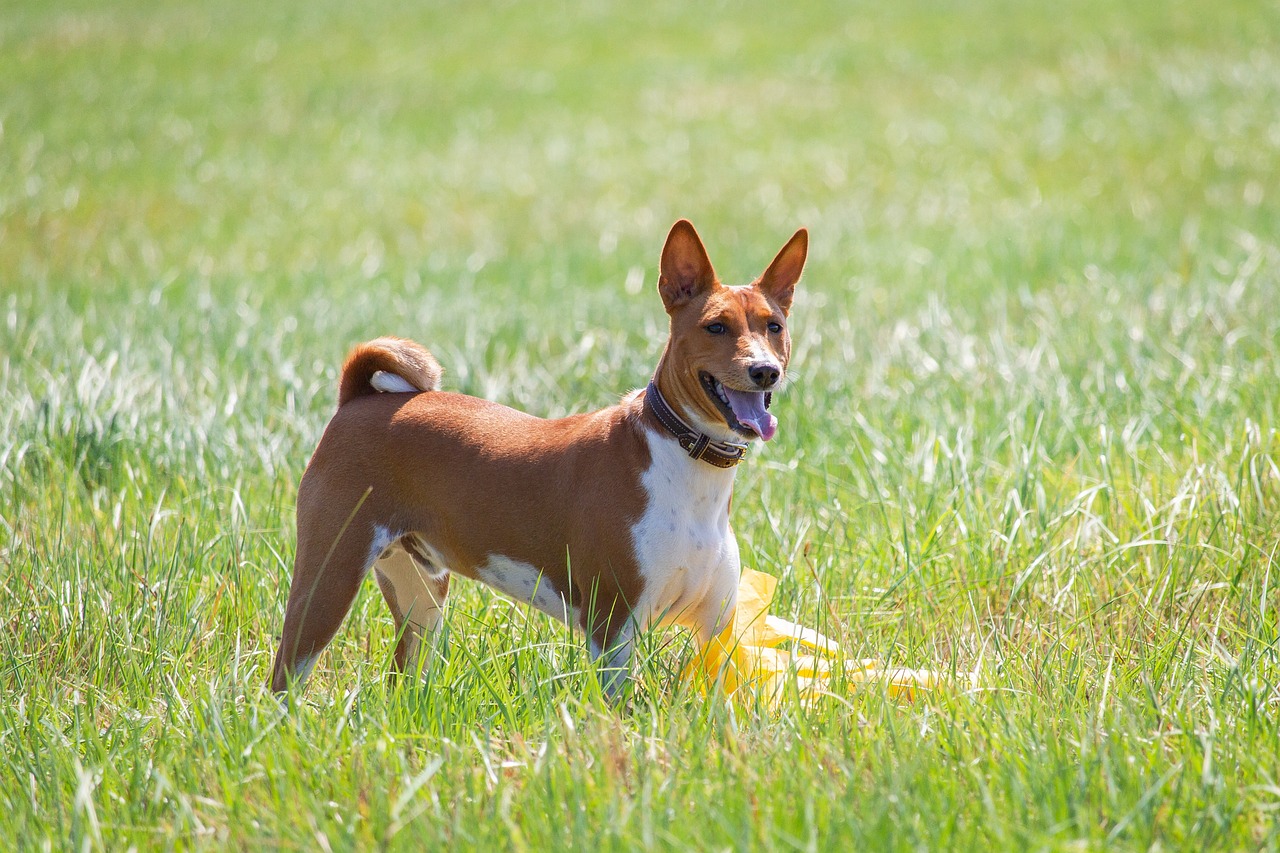
5. Pekingese
The Pekingese is a breed of ancient Chinese origin, once revered by the imperial family and guarded within the Forbidden City. This small but dignified breed was believed to embody the spirit of the lion, symbolizing courage and nobility. The Pekingese’s distinct appearance, with its flat face, luxurious coat, and confident demeanor, reflects its esteemed status in ancient China. These dogs were so valued that they were not allowed to leave the palace, and owning one was a privilege reserved for the imperial family and the court. The survival of the Pekingese outside its native land, especially after being introduced to the West in the 19th century, attests to its enduring charm and the fascination it holds as a living relic of imperial China.
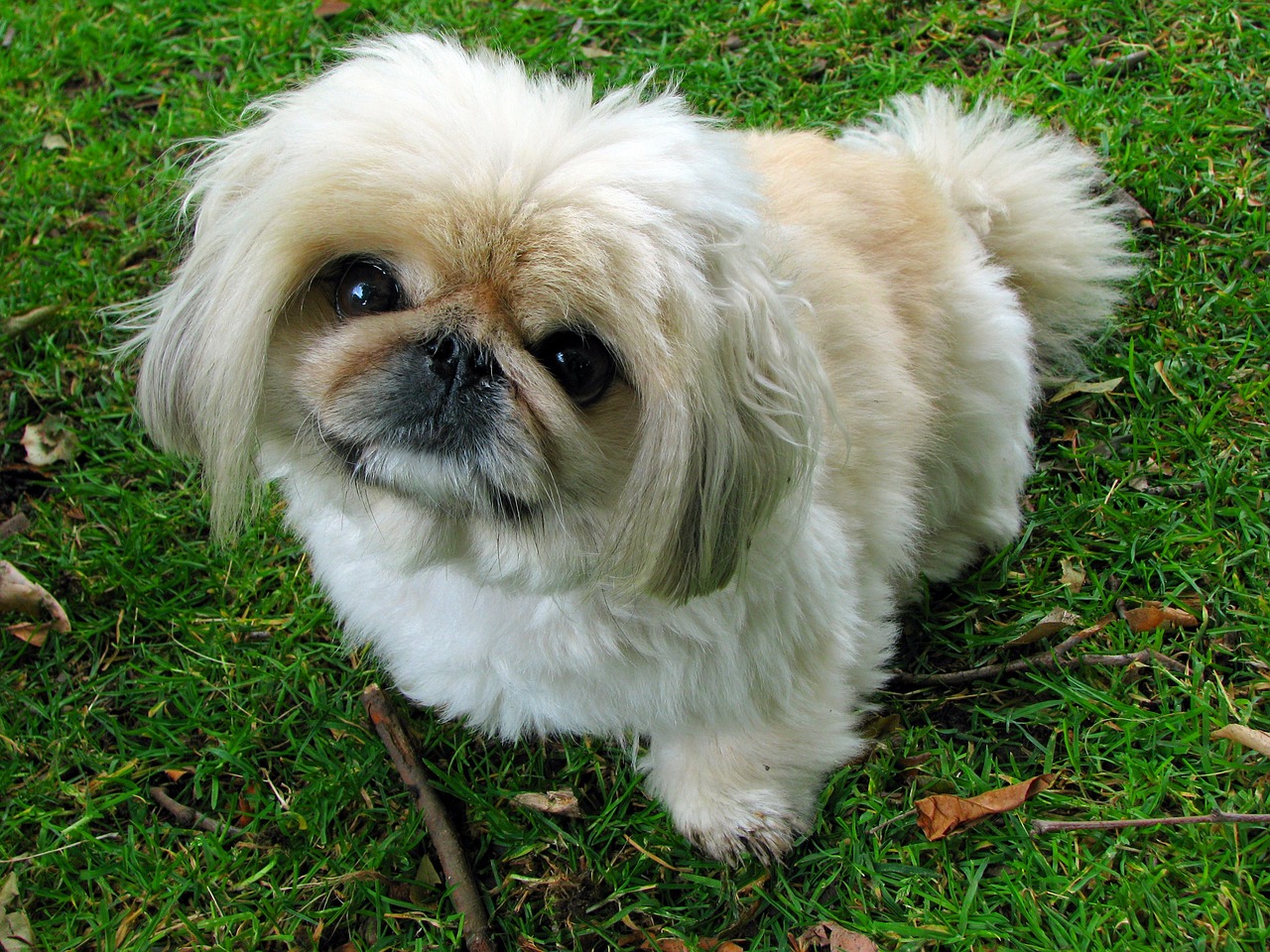
6. Tibetan Mastiff
The Tibetan Mastiff is an imposing figure, originally bred by nomadic cultures of Tibet, China, Nepal, and India to protect sheep from predators like wolves and leopards. This breed’s ancient lineage is evident in its massive size, thick fur, and dignified demeanor, qualities that made it an ideal guardian of both livestock and monasteries in the Himalayan region. The Tibetan Mastiff’s history is intertwined with the Silk Road, where it was traded among ancient civilizations, valued for its strength and protective instincts. This breed exemplifies the ancient human need for companionship and protection, serving as a testament to the deep historical roots of the human-canine bond.
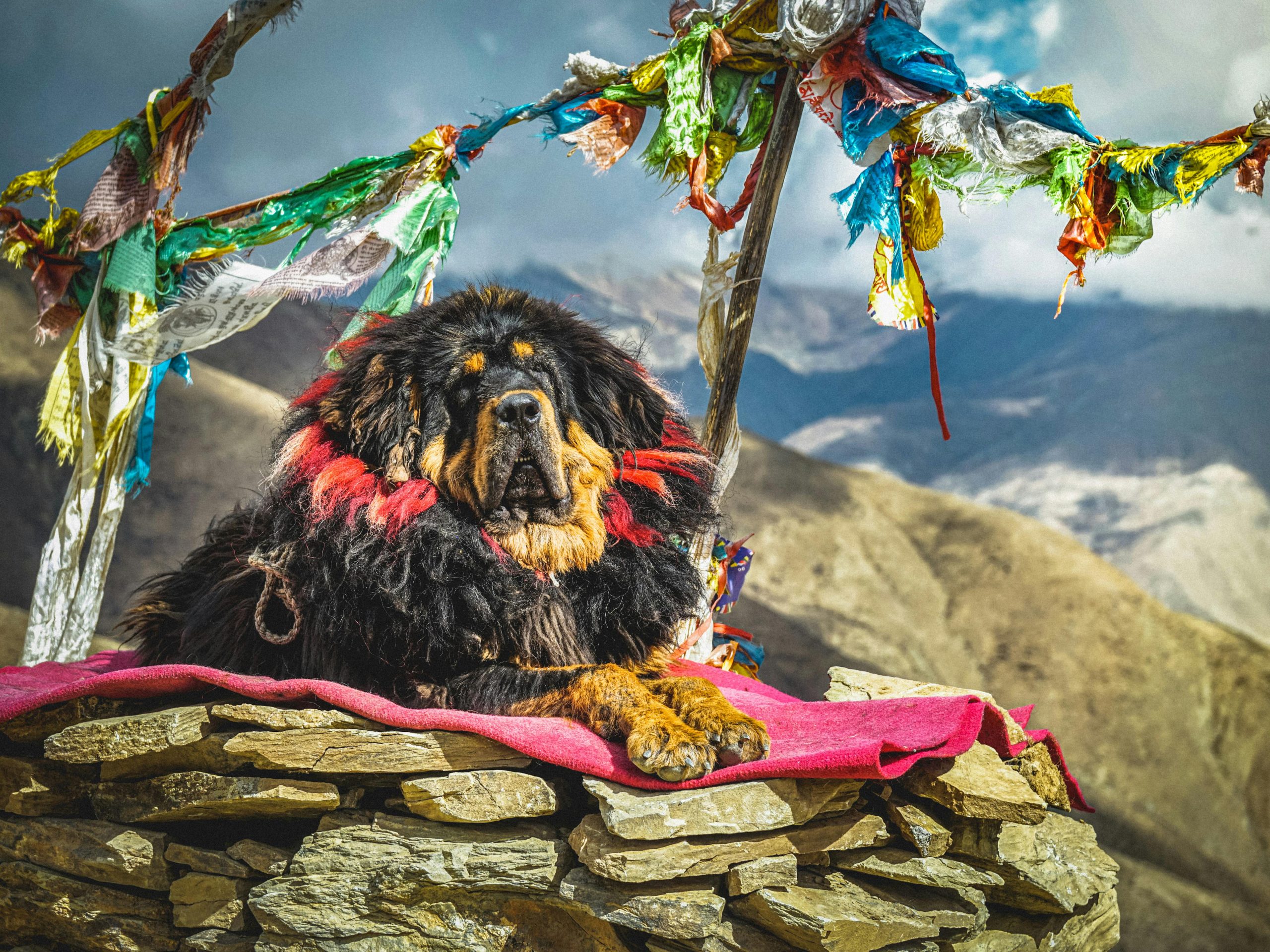
7. Alaskan Malamute
The Alaskan Malamute, one of the oldest sled dog breeds, has its origins with the indigenous Inuit peoples of Alaska. This breed was developed for strength and endurance, capable of pulling heavy loads over long distances in harsh Arctic conditions. The Malamute’s thick coat, powerful build, and friendly demeanor made it an invaluable companion in the survival of these communities in the frozen north. The breed’s history highlights the importance of dogs in human exploration and settlement of extreme environments, showcasing the adaptability and resilience required to thrive alongside humans under challenging conditions.

8. Samoyed
The Samoyed, with its smiling face and fluffy white coat, originates from the Siberian tundra, where it was bred by the nomadic Samoyedic peoples. This breed’s friendly and gentle nature, combined with its ability to perform a variety of tasks such as herding reindeer and pulling sleds, made it an indispensable part of nomadic life. The Samoyed’s enduring presence in harsh climates is a testament to its adaptability and the strength of the bond between humans and dogs in surviving and thriving in some of the world’s most challenging environments.
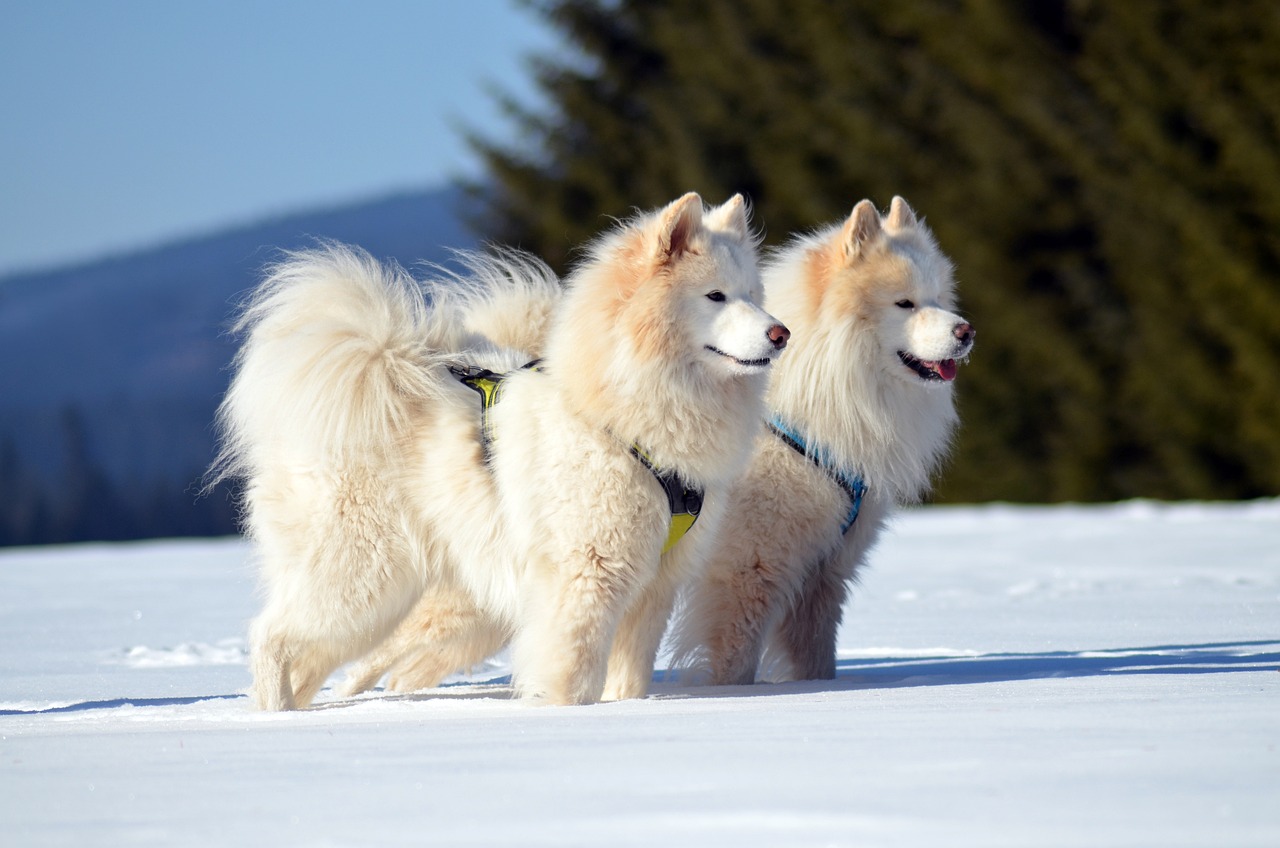
9. Chow Chow
The Chow Chow, with its lion-like mane and distinctive blue-black tongue, is one of the most ancient dog breeds, with origins in northern China as far back as the Han Dynasty (206 BC – 220 AD). Originally bred for hunting, herding, and protecting, the Chow Chow’s unique physical characteristics, including its dense double coat and stilted gait, were developed in response to the harsh climates of Mongolia and Siberia. The breed’s aloof and independent nature belies a loyal and protective companion. The Chow Chow is deeply ingrained in Chinese culture and history, often associated with symbolism of good fortune and protection. Its enduring presence, from ancient pottery and sculptures to the Imperial courts, highlights its status as a breed of both practical utility and aesthetic appeal, bridging the gap between the ancient and modern worlds.

10. Great Pyrenees
The Great Pyrenees, known for its majestic presence and serene temperament, originates from the Pyrenees Mountains between France and Spain. This breed has been guarding flocks of sheep from predators such as wolves and bears since as early as 3000 B.C. The Great Pyrenees’ thick, weather-resistant coat, imposing size, and gentle yet vigilant nature made it an indispensable protector of livestock and homesteads. This breed’s ability to work independently, making crucial decisions to protect its charges, highlights its intelligence and reliability. The Great Pyrenees is deeply woven into the pastoral cultures of the region, embodying the timeless bond between shepherd dogs and their human families in their shared life amidst rugged landscapes.
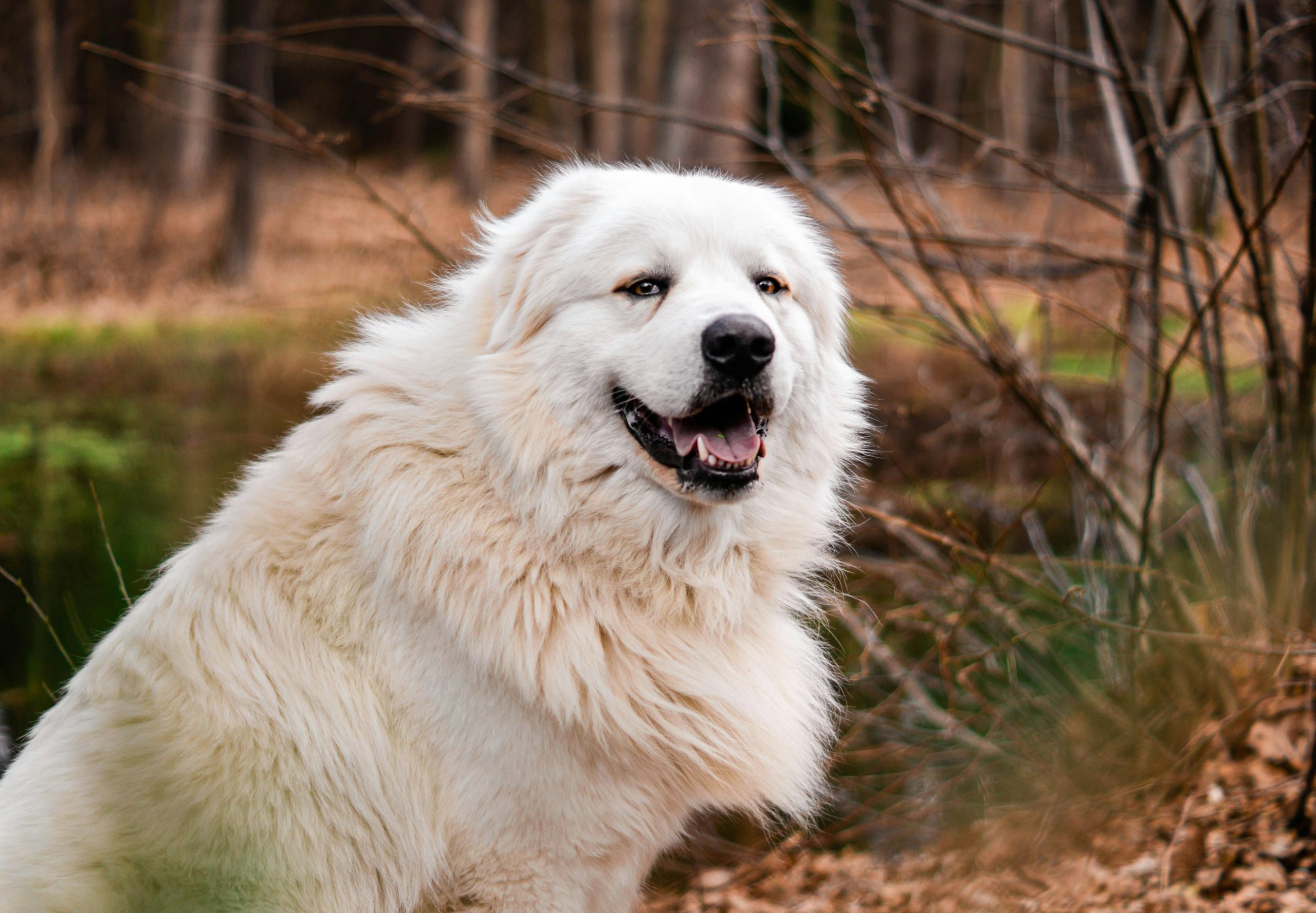
These ten ancient dog breeds offer a fascinating glimpse into the history and evolution of the human-canine relationship. Each breed, with its unique characteristics and historical significance, embodies the qualities that have made dogs such invaluable companions to humans for millennia. From the deserts of Africa to the frozen Arctic, and from the mountains of Asia to the islands of the Mediterranean, these breeds have played critical roles in human societies, serving as hunters, guardians, herders, and friends. Their survival and continued popularity underscore the timeless bond between humans and dogs, a relationship built on mutual respect, adaptability, and an unbreakable emotional connection.
 Toledo, United States.
Toledo, United States.